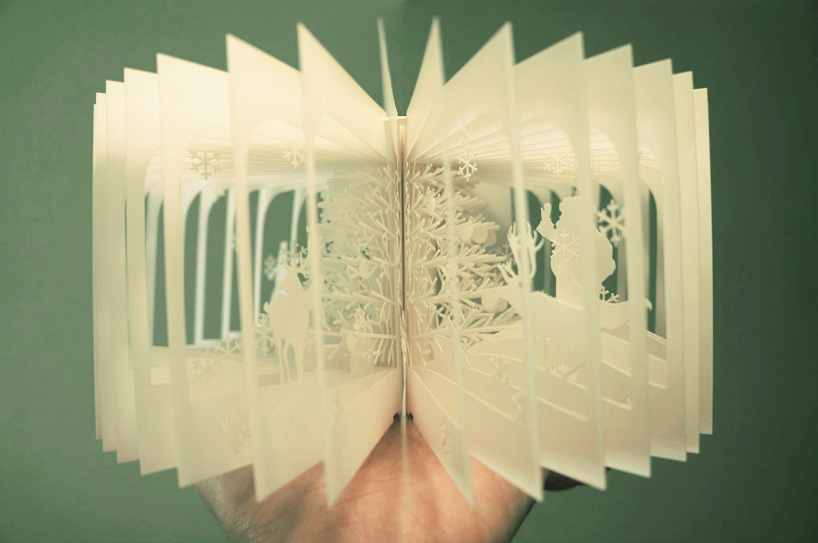



īaños RM, Liaño V, Botella C, Alcañiz M, Guerrero B, Rey B (2006) Changing induced moods via virtual reality. Cyberpsych Behav 3(3):327–335īaños RM, Botella C, Alcañiz M, Liaño V, Guerrero B, Rey B (2004) Immersion and emotion: their impact on the sense of presence. īaños RM, Botella C, Garcia-Palacios A, Villa H, Perpina C, Alcaniz M (2000) Presence and reality judgment in virtual environments. Īnderson PL, Price M, Edwards SM, Obasaju MA, Schmertz SK, Zimand E, Calamaras MR (2013) Virtual reality exposure therapy for social anxiety disorder : a randomized controlled trial. In: Proceedings of the 2018 CHI conference on human factors in computing systems,, pp 1–12Īlsina-Jurnet I, Gutierrez-Maldonado J (2010) Influence of personality and individual abilities on the sense of presence experienced in anxiety triggering virtual environments. Sense of presence, attitude change, perspective-taking and usability in first-person split-sphere 360 video. Īitamurto T, Zhou S, Sakshuwong S, Saldivar J, Sadeghi Y, Tran A. These results highlight the feasibility of using a 360° real panorama VR if the participants’ task is passive and requires no active exploration of the environment, as the development of the 360° video is easier and cheaper than the one required by a computer-simulated environment.Īardema F, Connor KO, Cote S, Taillon A (2010) Virtual reality induces dissociation and lowers sense. Both inferential and Bayesian analyses showed a lack of effect of the manipulation: there is no difference between a 360° panorama environment and a simulated environment in generating sense of presence, anxiety reduction, and in improving emotional states. Heart rate data during the experience were also used. After the experience, sense of presence and experience ratings were also collected. Forty participants took part in the study and were assessed on self-reported anxiety and mood levels before and during the virtual reality (VR) experience of a relaxing video in computer graphics or shot in 360°. The study employs a 3 × 2 mixed factorial design. The aim of this study is to compare a 360° real panorama environment to a computer-simulated one to verify if they are equally efficient in generating sense of presence, emotions, and relaxation in individuals. Recently, 360° panorama technologies have been used to create videos and pictures of real and virtual environments, thus opening new possibilities for psychological research.


 0 kommentar(er)
0 kommentar(er)
